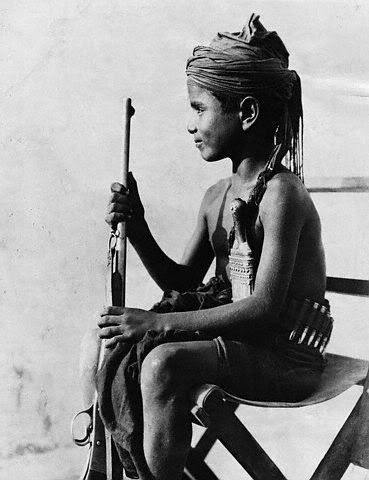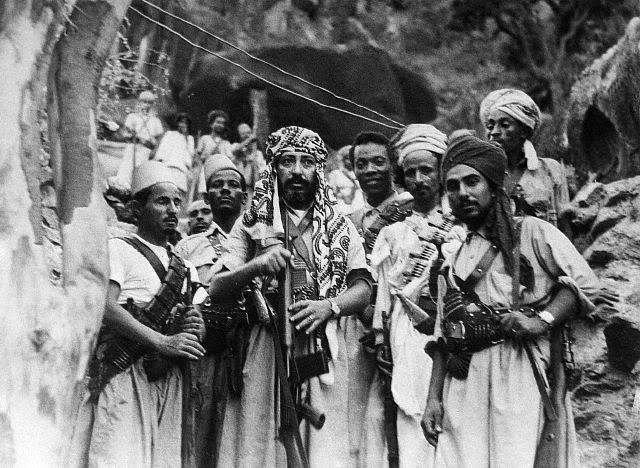Definatelly a Yemeni Jambiya, the hilt is made in local ,,Sayfani,, style. The missing scabbard would`ve been metalic semi-tubular and deeply curved, pointing way upwards. Like Rick, before me, I do believe the hilt is of horn, likely the mighty black African rhinoceros (Diceros bicornis) horn (in a classic scenario, after hunting or poaching the animal in the savannas of central western Africa, the prized harvested horn would transit via Arab, Jewish or Indian ship merchants to Zanzibar or Socotra Islands market and bazaars).
Seems to be at least a lifetime old (museum slang for ,,up to a hundred years old,,) and some preservation efforts are recommended. The encrusted gem is carmelian, which is nothing but the ,,a la carte,, choice.
As you probably know, these daggers in different styles are very popular still in the entire Arab world, in many different shapes and sizes, always worn by men as a symbol of their status. The largest actual collection of Jambiya daggers known to mankind, likely belongs to the late King Faisal`s family in Riyadh, Saudi Arabia.
Some in theme images for you:

Yemeni troops shouting for war (1962)
Source: The Bettmann Library

An Armed Arab Child (1934)
Source: The Hulton-Deutsch Library

Mohammed El-Badr with Royalist Tribesmen in Yemen (1960s)
Source: The Bettman Library